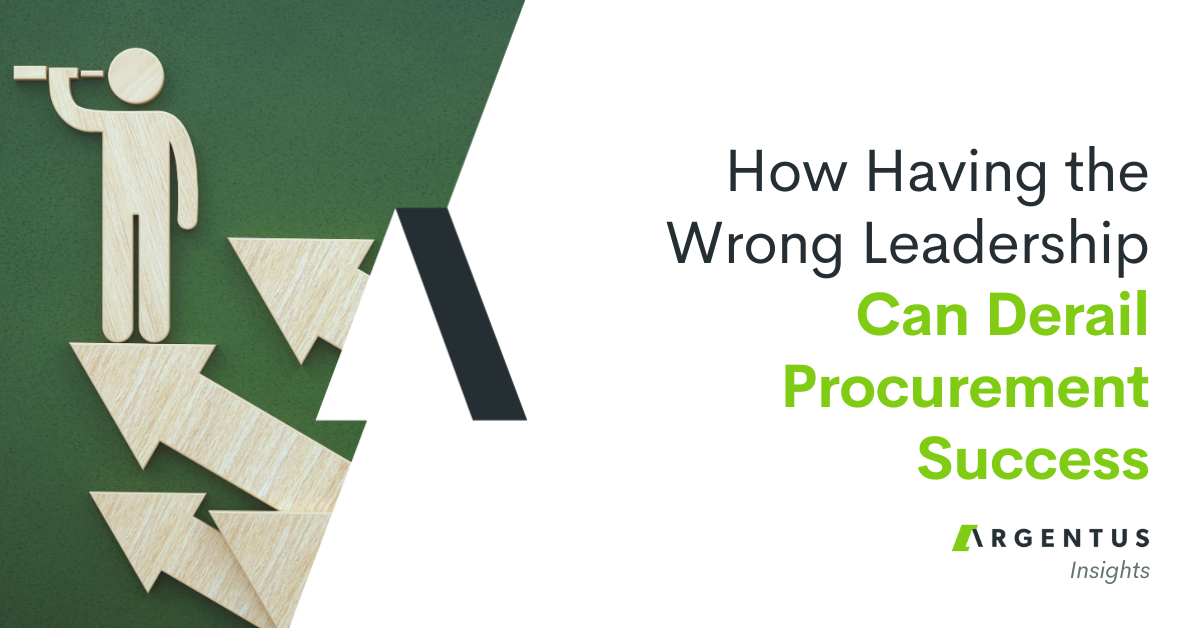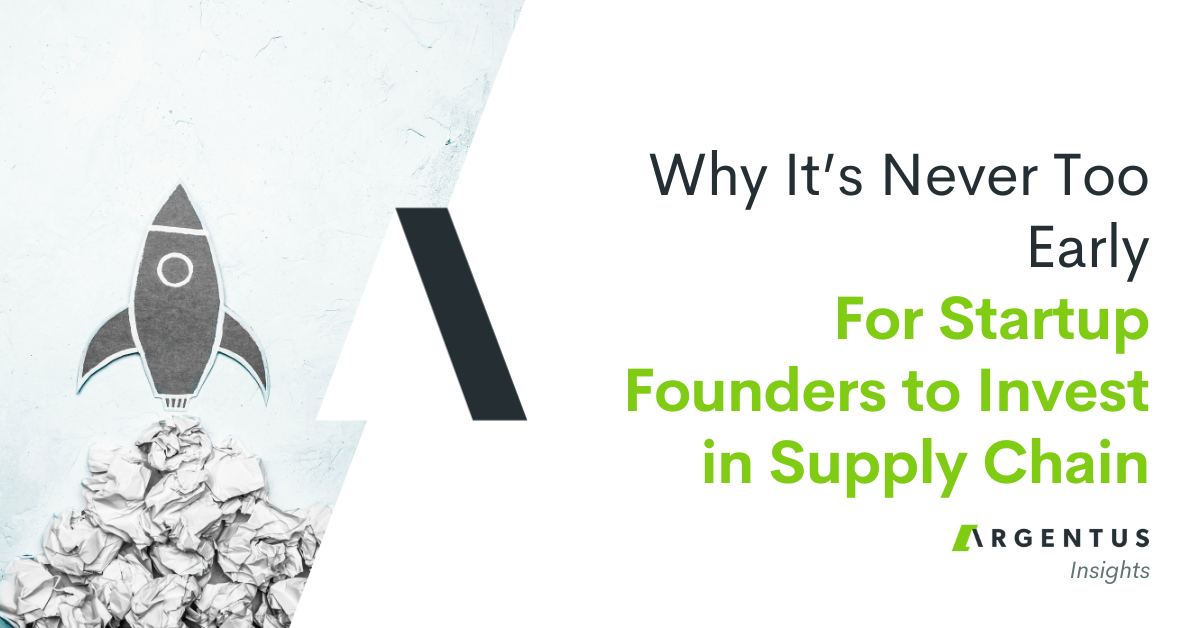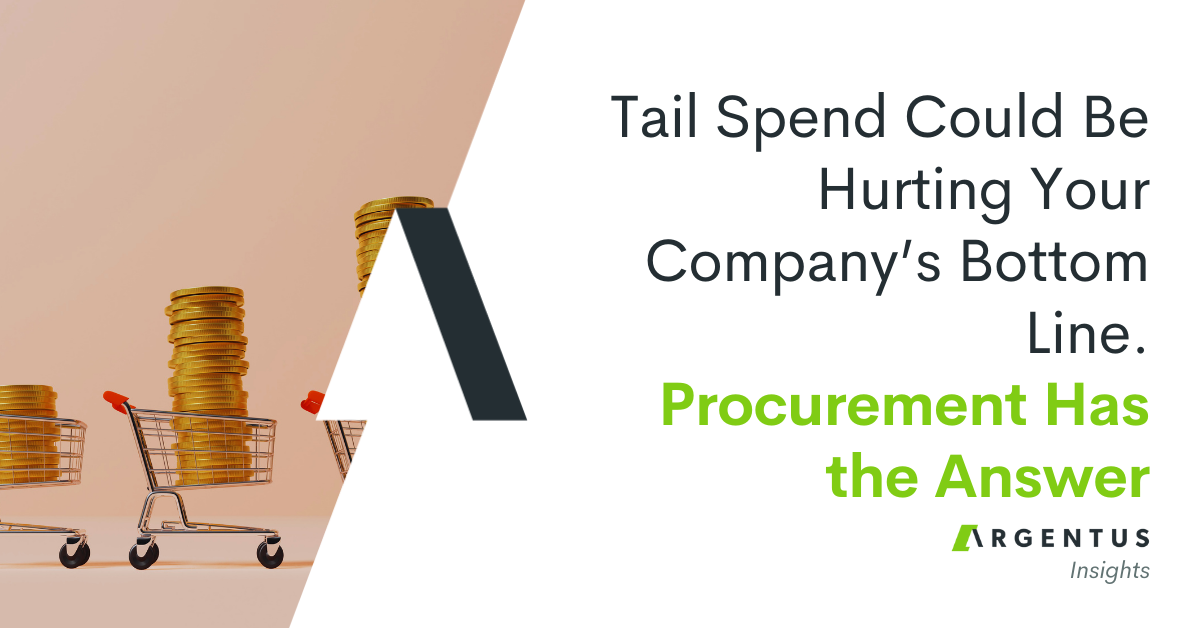
Welcome to a brand new installment of Argentus’ Executive Interview series, where we speak with leaders from across Procurement and Supply Chain about current issues in the field, emerging trends, and talent.
Today we’re proud to bring you an interview with Jonathan Rosemberg. Jon is the Vice President of Profit Improvement & Strategic Sourcing at Indigo. He has a vast portfolio of Procurement experience across the retail industry, including at some of the country’s top companies, with specific expertise in Strategic Procurement transformations. We spoke about:
- What he loves about Procurement.
- How to get buy-in from stakeholders within your company, and why so many Procurement professionals struggle with this all-important task.
- The power of research and negotiations in building a solid Procurement practice.
Jon is both passionate about Procurement and able to speak about complex strategic topics in a straightforward, engaging way, so we think this interview is a must read for anyone in the field!
Check it out.
Thanks for joining us, Jon. Could you start by telling us a bit about how you got your start in Procurement?
The first thing I need to say is I don’t think anybody really chooses Procurement as a career. Nobody goes to school and says I want to be in “Procurement.” Maybe today they do. When I was in school few people knew what Procurement did, because it’s a newer business function compared to, say, finance and marketing. I was right out of school, and I put in some applications online. Nothing really panned out so I started my own business – this was in South America. About a year after this process of submitting I got hired by Proctor & Gamble in a Strategic Sourcing role buying recycled paper, mostly doing spot buys. It was an interesting way to get into this world. It was very intense, with daily negotiations, and I learned about Vendor Management and fell in love with Procurement.
I think I discovered an innate ability to make deals, and that’s the piece I’ve really enjoyed. Finding a solution that works for both parties that’s sustainable every time. Building partnerships, finding a long-term view. It’s why I lead teams that aren’t called Procurement anymore but Strategic Sourcing. “Procurement” has a transactional connotation to it, and that’s changed. It’s now more about sourcing, relationship management, and really structuring relationships in a way that makes sense for both parties.
One of the biggest challenges for Procurement, especially as it becomes more strategic, is stakeholder engagement. How do you go about building this kind of engagement and what’s one thing you wish you knew about stakeholder engagement when you were first starting out?
I think that in buying or sourcing, we get into that transactional mindset often just because of the nature of the deals we make. We live and die by the P&L: is the business making more money or less money? We go into conversations with a zero sum mentality. That’s changed because more organizations are seeing Procurement as trusted advisors, as a support team who helps the organization maximize the benefit, or total cost of ownership, minimize risk, period – without necessarily owning P&L. You’re negotiating on behalf of somebody’s bank account.
It’s not about power, it’s about influencing. Building stakeholder engagement is about understanding that, as trusted advisors, we’re here to provide a point of view, and a big picture snapshot, but in many cases we’re not the ultimate decision makers. You build trust by understanding how the business is operating. Take a chief marketing officer: what are the challenges they’re dealing with? It’s about understanding the full context of their business, and really understanding where they’re coming from and where they’re going to. The moment you do that and support it, you become part of the team. I don’t see my team as centralized, I see it as centre-led. We’re a centre of excellence that supports the rest of the organization, with decisions being made in a collaborative and cross-functional way.
Why do you think Procurement sometimes struggles to get buy-in from stakeholders?
A lot of people think of Procurement as policy-driven. “Here’s how we should do things in terms of saving the most money.” With the whole, “we’re saving money” excuse, they get into a stakeholder’s business and run it for them. I’ve been there, I’ve done that, but my career has taught me that it’s a short-term view. There are a lot of sourcing experts who can go in there and take out 10% of cost in 3-6 months. That’s not tough. What’s tough is doing that while still taking a long-term view of the organization.
Could you talk a little bit about the power of research in Strategic Sourcing and how you approach it?
I think that, just like any problem solving exercise, you need to find every variable in the equation. In a job interview I might ask, “how would you source this pen?” A lot of people might say, “I’d go ask ten people how much they would sell me the pen for,” in other words a competitive bid. But you’ve got to go a bit deeper. You look at the pen, see how much of it is plastic, how much is rubber, it has ink, it has acrylic. You split those elements, and you figure out where the materials come from, how they’re priced, what the Supply Chain looks like. Is it coming from far away or around the corner?
Looking at the total cost of ownership by disaggregating different parts of the equation is how you get to a fact-based approach. That way, if you have an issue with suppliers, you’re attacking the problem and not the people behind it. If the price of resin has been going down three years, how come we haven’t seen that impact the cost? And if you aren’t strategic enough, you miss opportunities.
Ultimately if a supplier is reasonable and they want to keep the business they’ll come to the table and make it work. Good suppliers will always be able to open up the kimono and say “listen, we’re making a fair profit,” and I think, of course, everyone should be able to make a fair profit. But making a fair profit is one thing, and gouging is another, and that can happen if there’s no active engagement of the spend.
We hope you enjoyed the interview with Jonathan Rosemberg! We’re always happy to get into our network and gain a deeper insight into what’s happening in the field. It’s an ongoing conversation. So let us know if you have anything to add to Jon’s thoughts in the comments! ![]()



Sourcing a Pen Example: Fully agree. Trying to negotiate on the final product without knowing and disaggregating the other BOM components (price, availability, L/T, sustainability) is a risky proposition. That I fully agree with, and understand why Jon calls it “strategic sourcing” and not Procurement or Supply Management. Having a deeper understanding on the whole sourcing (its weak links, supplier’s tough spots) is super critical.